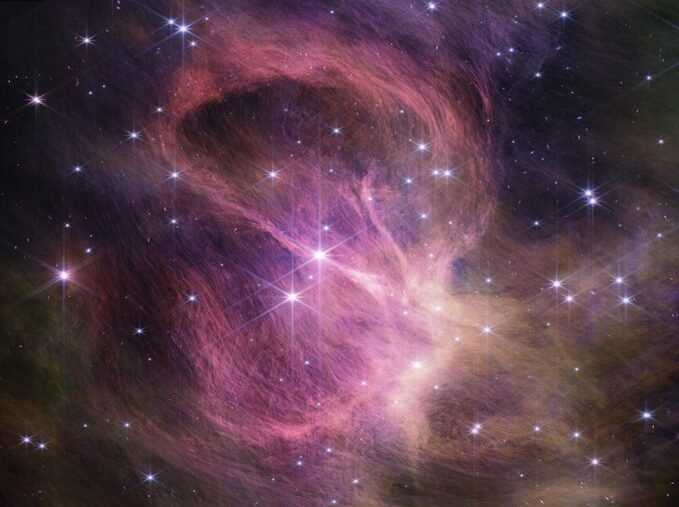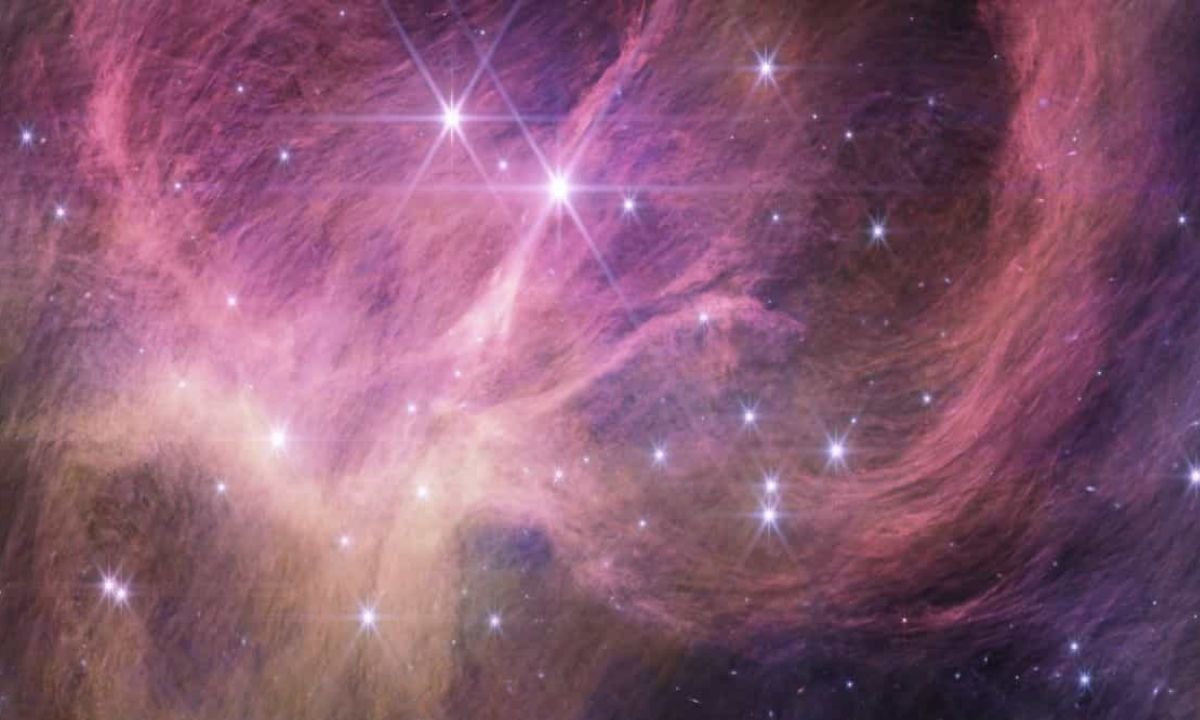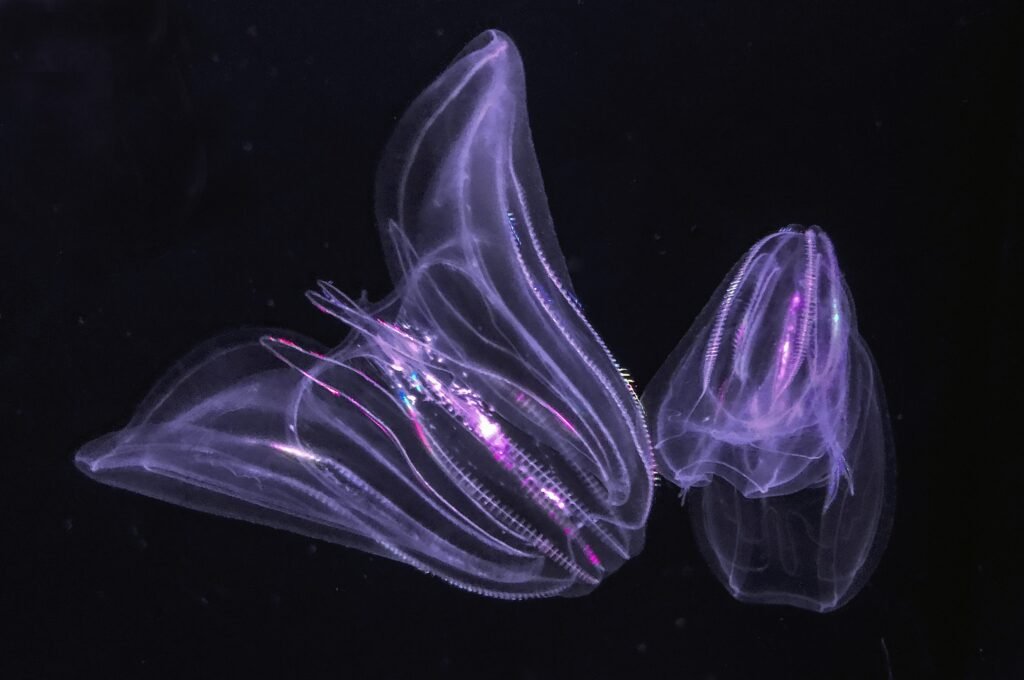NASA revealed Brown Dwarf: The Tiniest and free-floating Object
NASA has revealed the tiniest and free-floating celestial body called “Brown Dwarf” and also referred as a failed star. Brown dwarfs are celestial objects that share a formation process with stars through gravitational collapse.
However, they never accumulate enough mass to form nuclear fusion. It distinguishes them from true stars. Surprisingly, the masses of the tiniest brown dwarfs can overlap with those of larger planets.
NASA James Webb Space Telescope made a groundbreaking discovery in a recent search and revealed the tiniest brown dwarf. They found a record-holding object weighing merely three to four times the mass of Jupiter.
The captured image of the Brown dwarf by Webb telescope shows pink-purple hair-like filaments filling the center of the image. It curves left and right on either side of the center.
Meanwhile, the filaments form a stunning loop on the right side that appears to reach toward the viewer. Additional yellow filaments may look on the lower right.
Moreover Webb’s eight-point diffraction spikes are visible as two largest bright stars in the middle of the photograph. Several dozen fainter stars are in dispersion around the image.

Click here to read the updates on NASA released the picture of Harvest moon
Brown dwarfs exist in a unique space between stars and planets. However, they form similarly to stars and become dense enough to collapse under gravity.
But they don’t reach the necessary density and heat to initiate hydrogen fusion and become stars. Some of these brown dwarfs share mass characteristics with giant planets. It weighs just a few times that of Jupiter.
However, brown dwarf studies help understand star formation. As well as extraterrestrial planets or worlds outside our solar system. Not only do the smallest brown dwarfs and the extraterrestrial planet overlap. But free-floating brown dwarfs have no stars attached, unlike exoplanets, which may hide in the light of their host stars.
Read More:
- Sea creature turns into a baby when it is stressed out showing time travel
- Realme Narzo 70 Turbo 5G launch date, features, specifications & price
- European Space Agency printed 3D metal part in space for first time
- Earth’s mysterious Alaska triangle where over 20,000 people disappeared
- Philips Hue launched a new smart lighting solution for kitchen
- NASA to launch life-searching spacecraft to Jupiter’s moon Europa
Share this content:










Post Comment